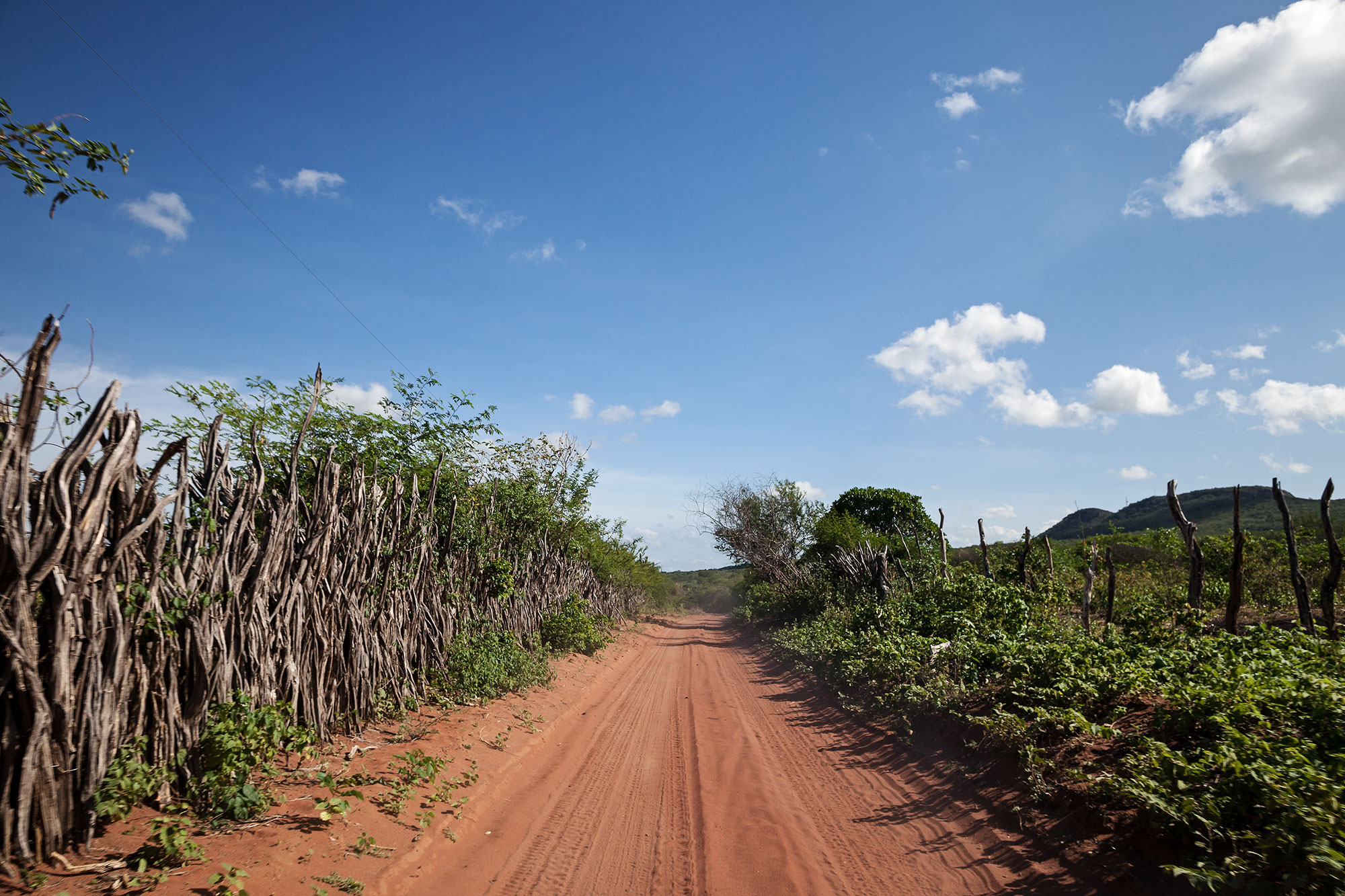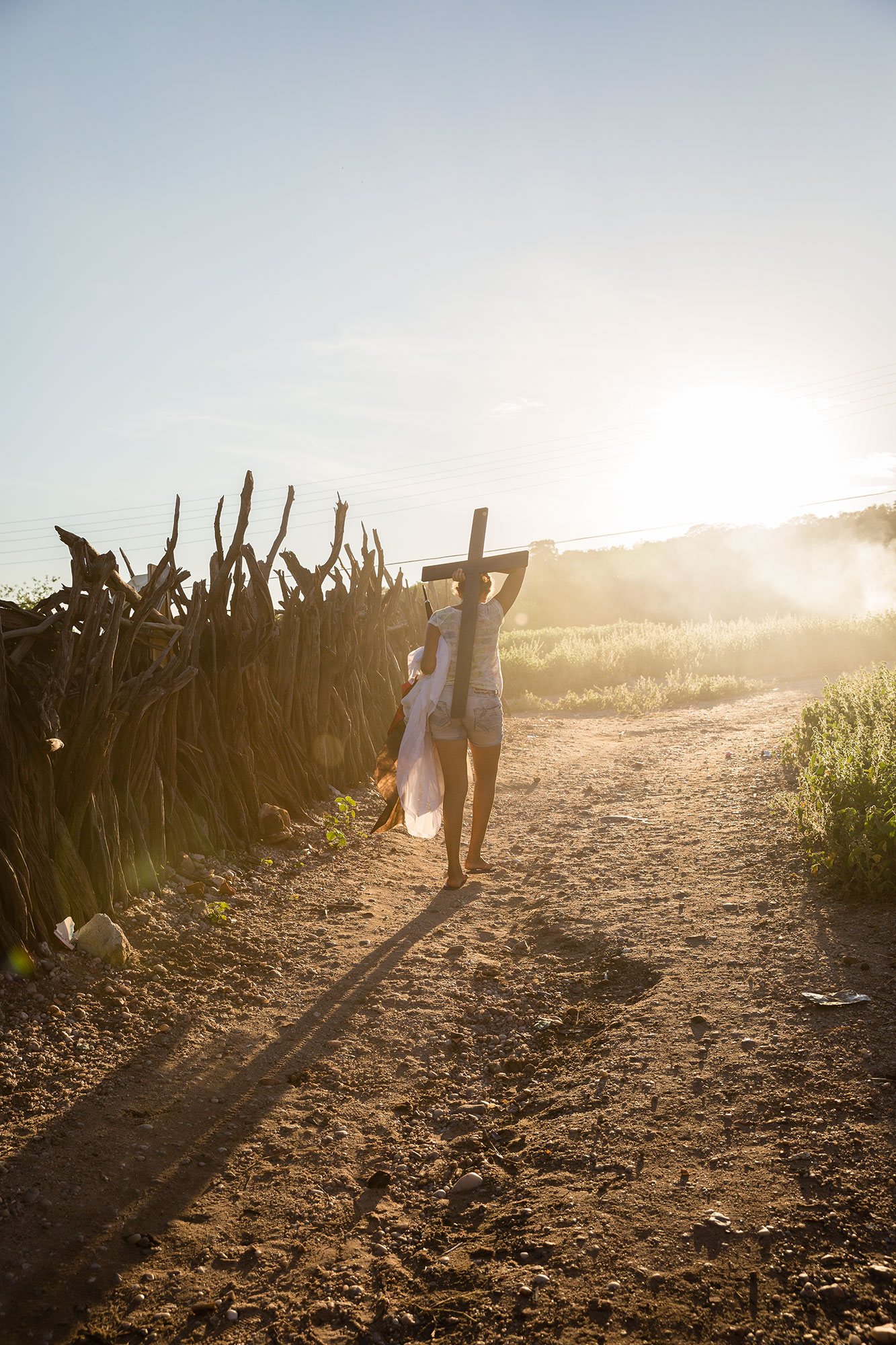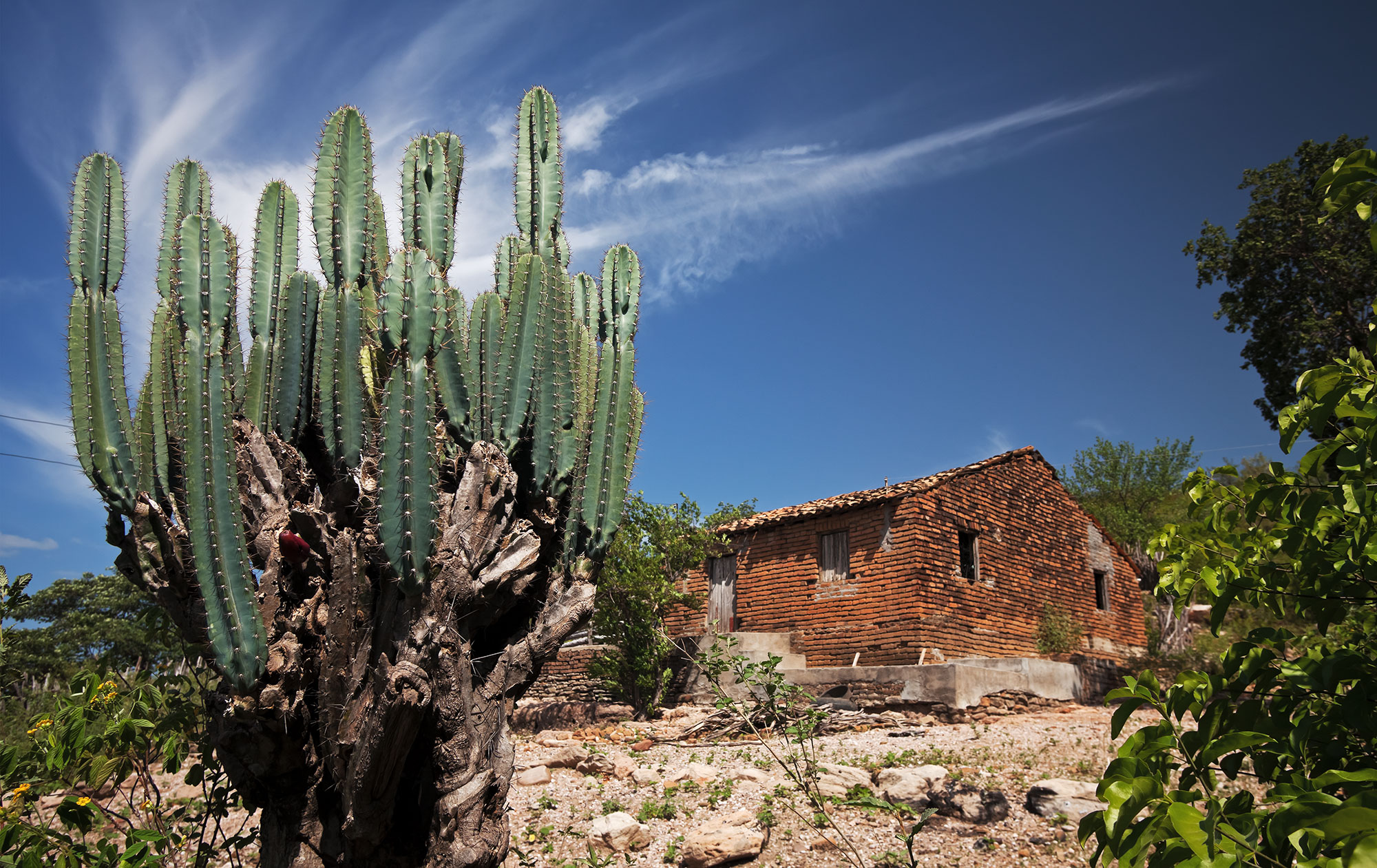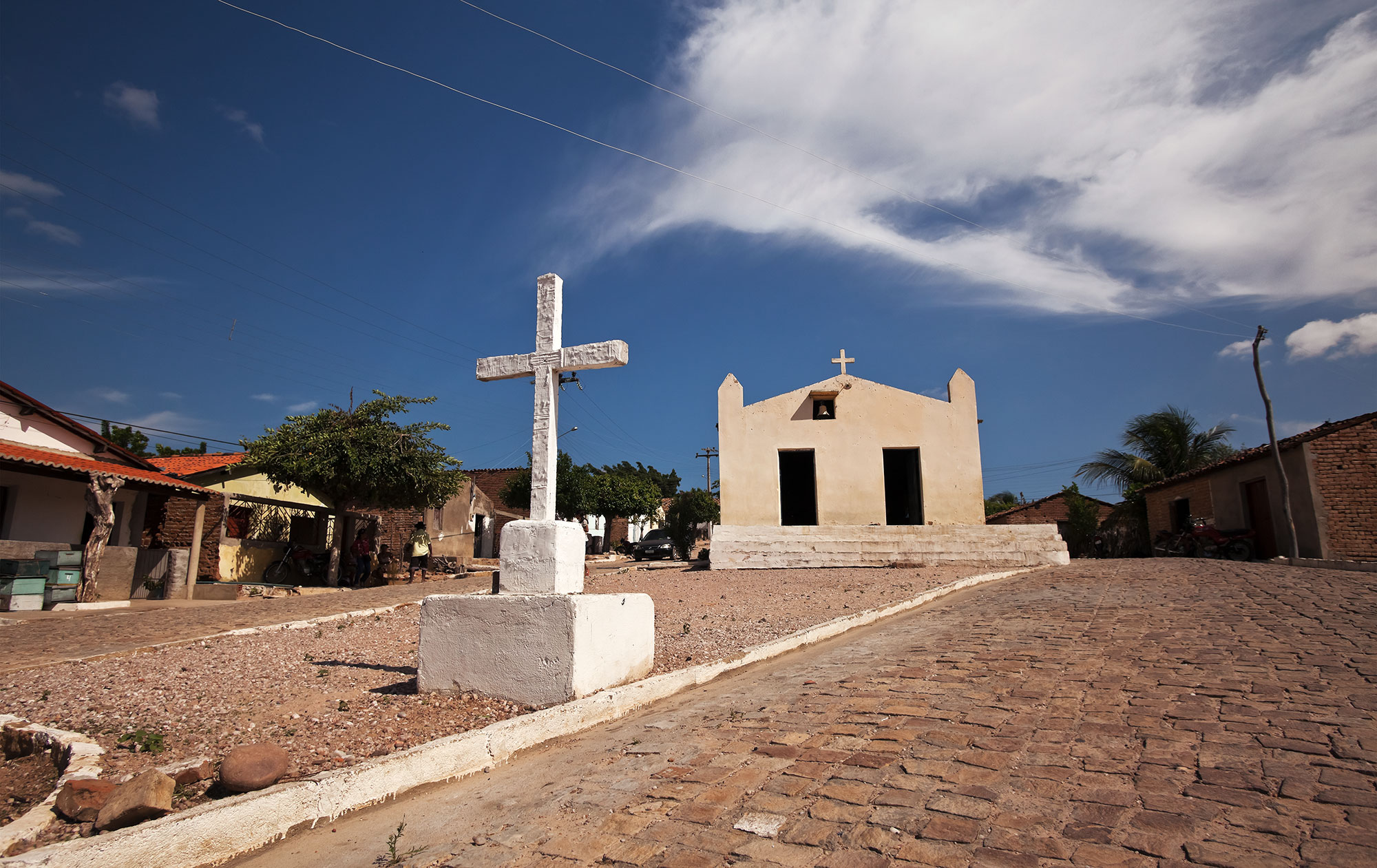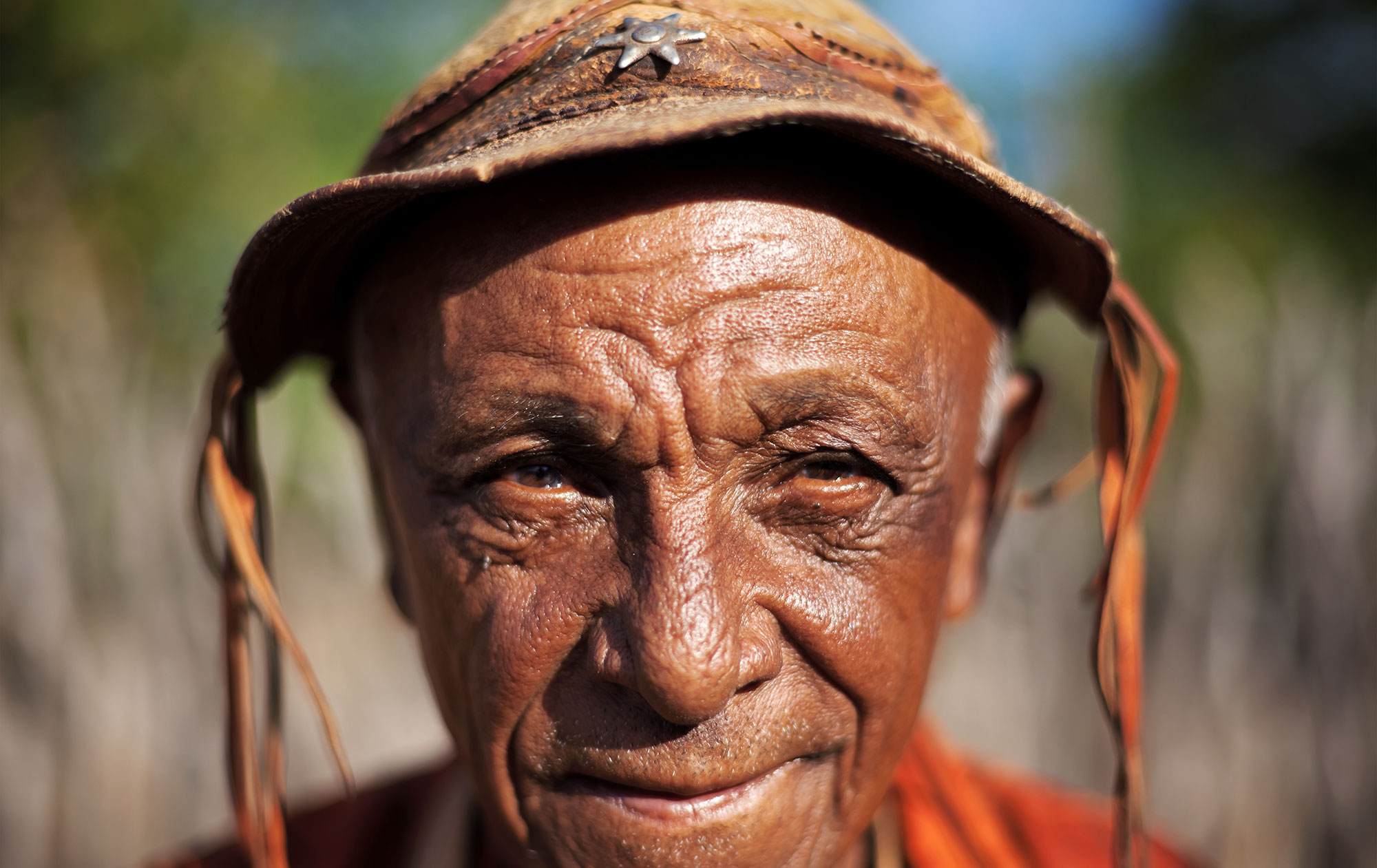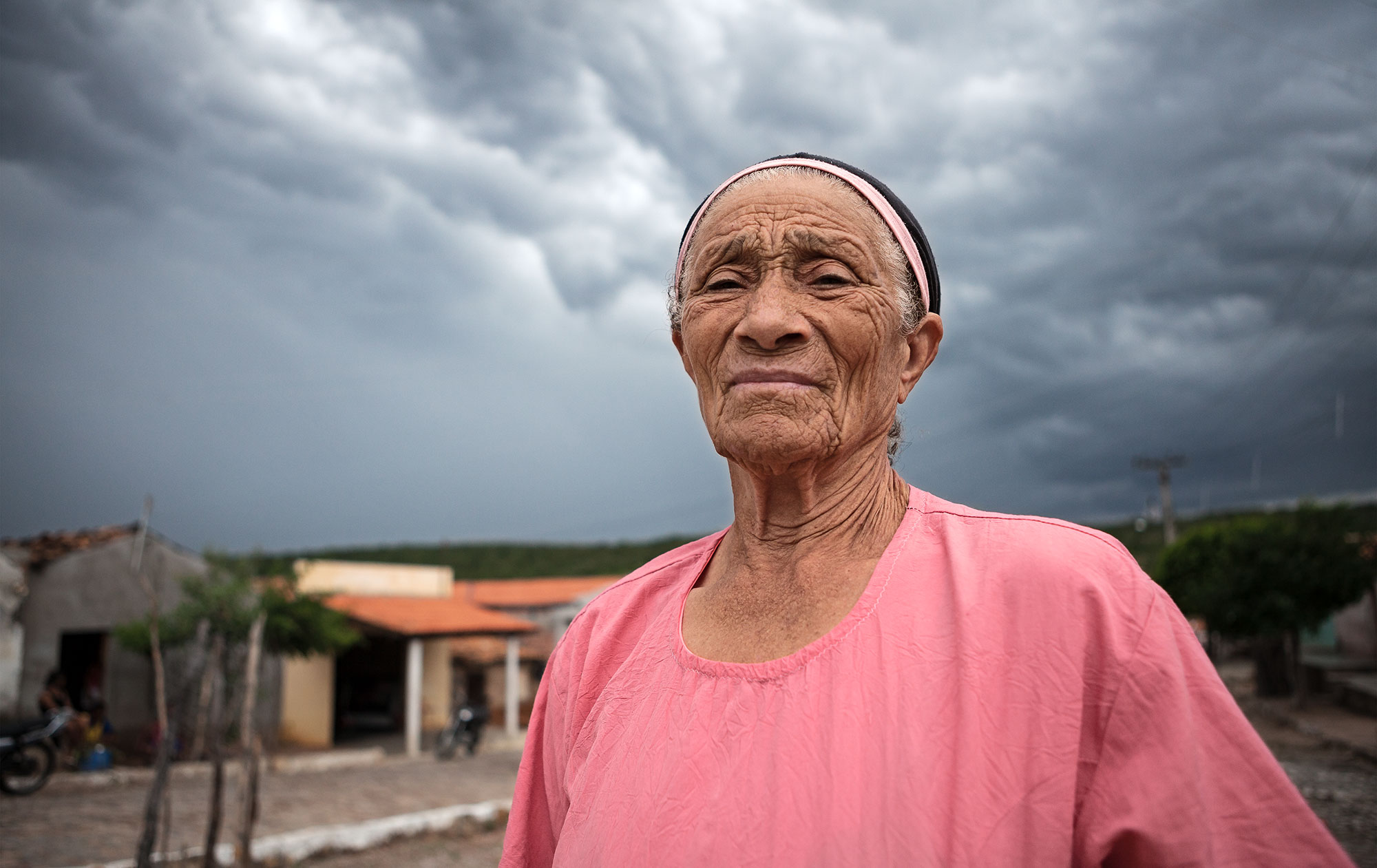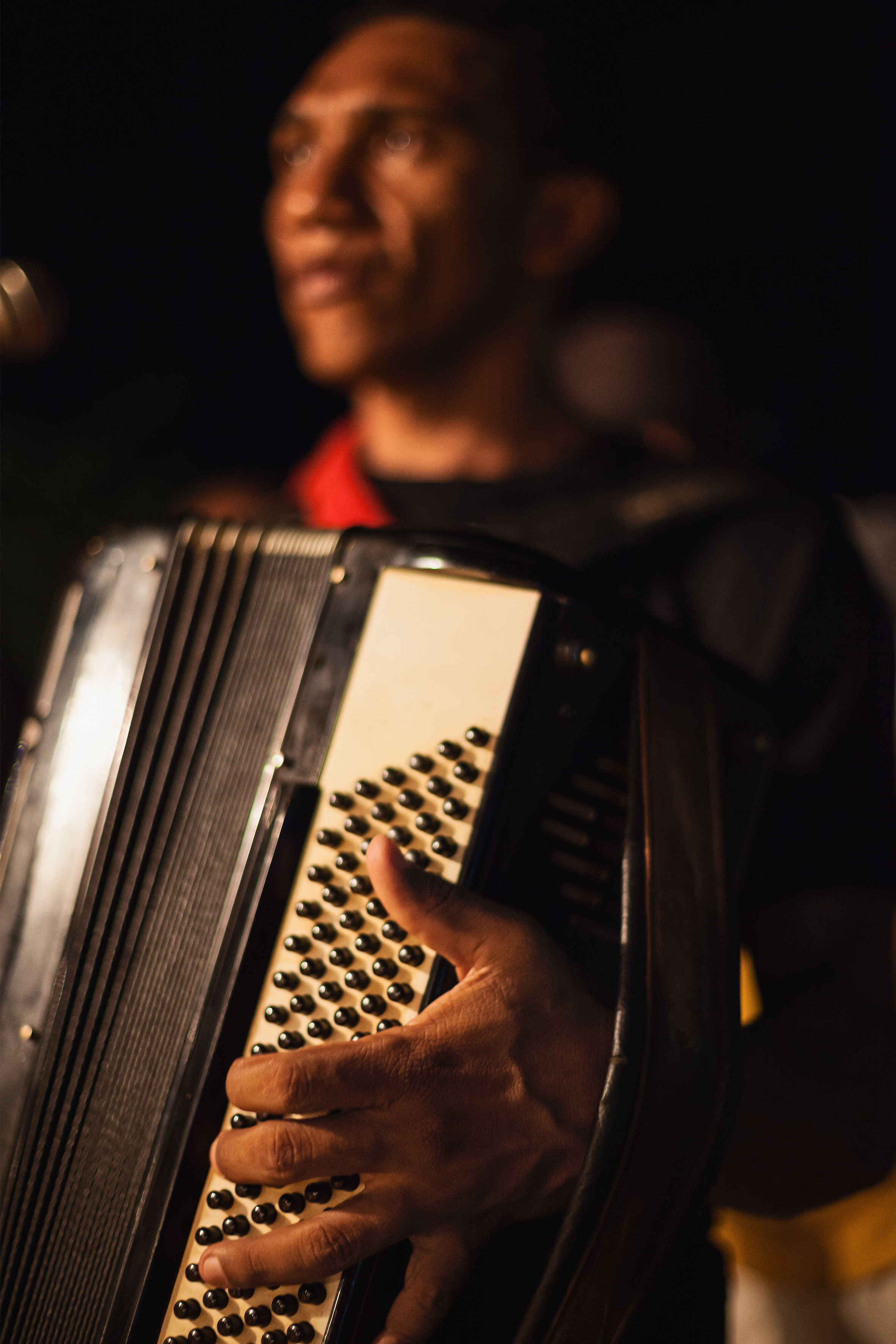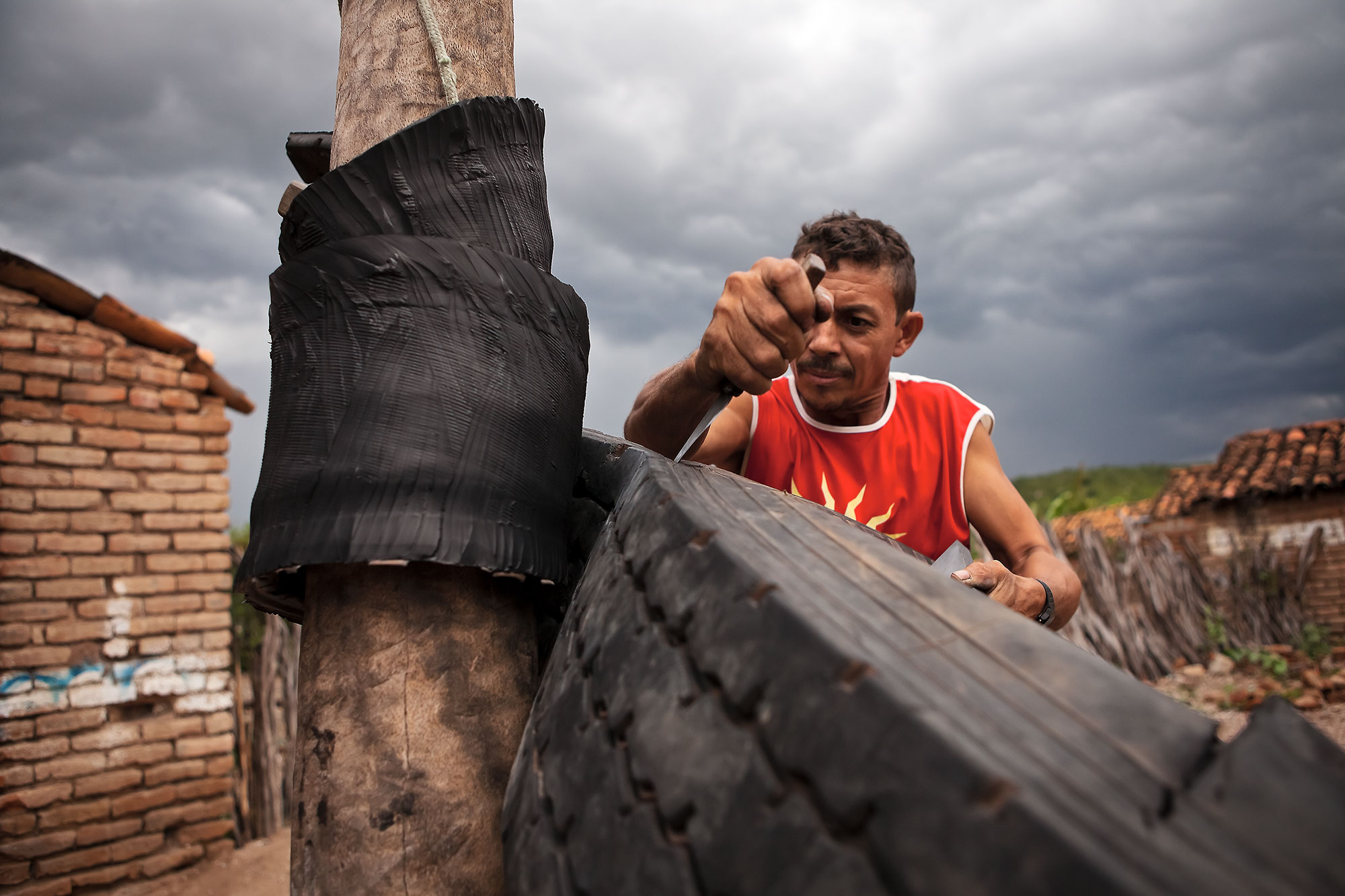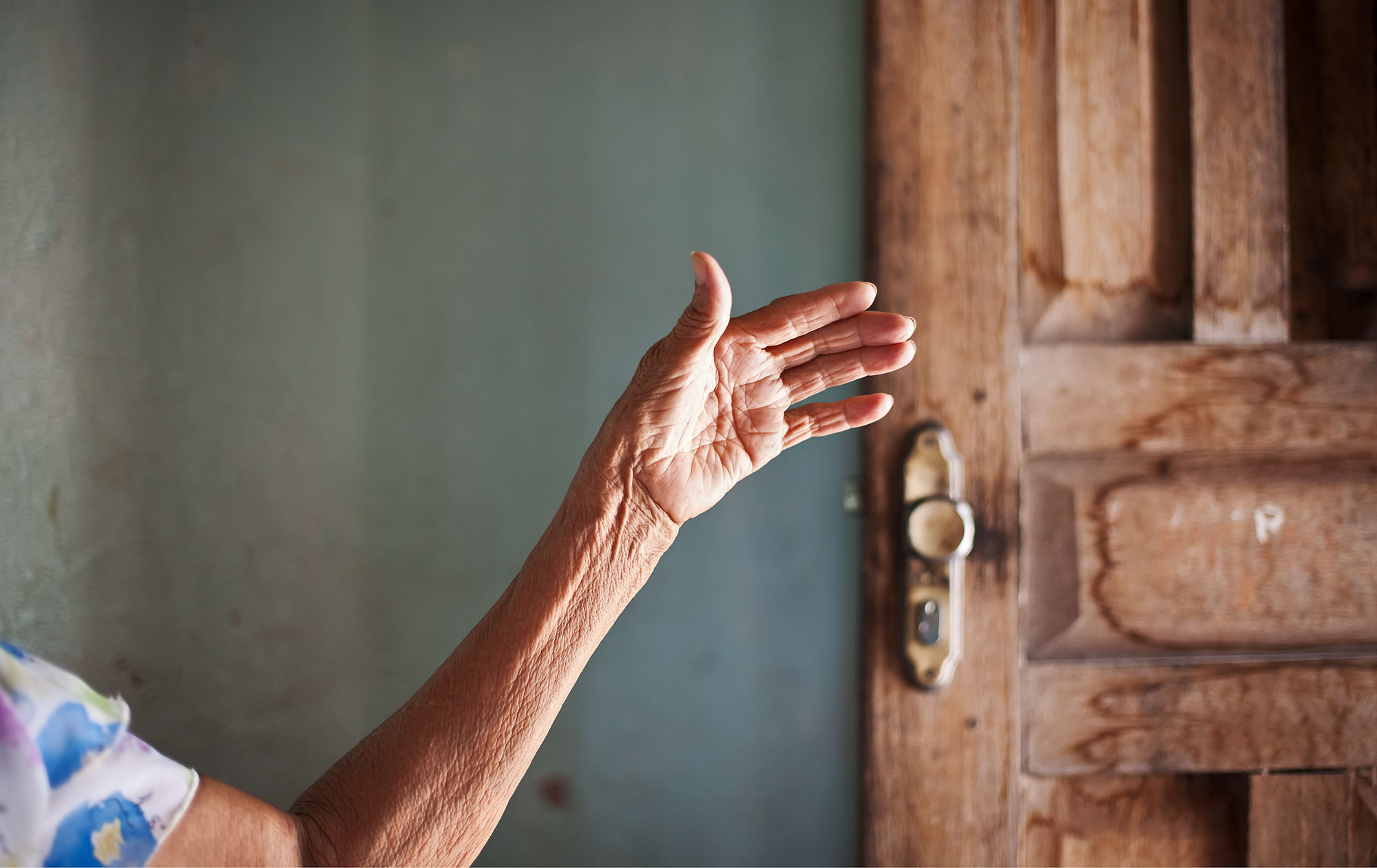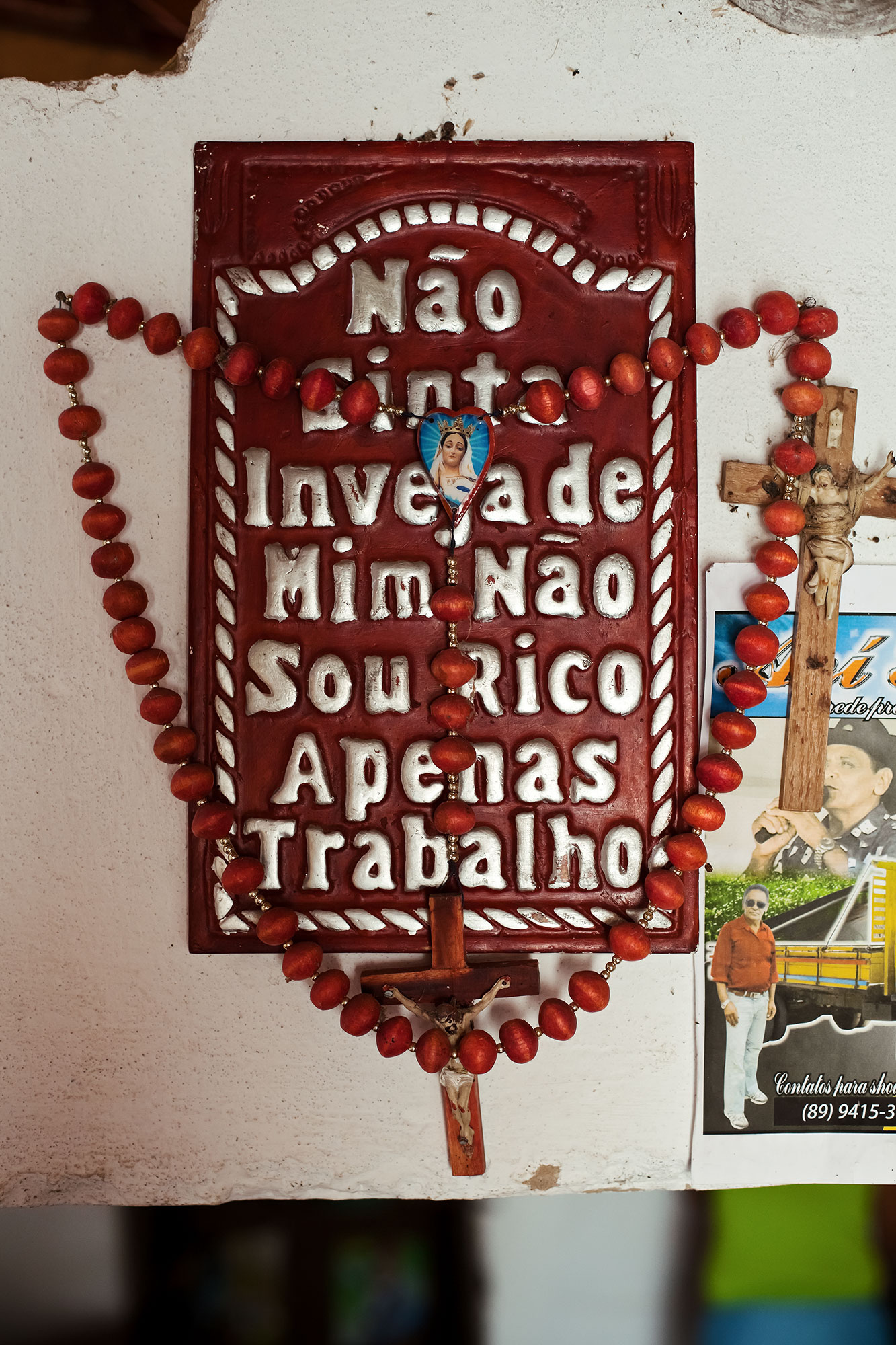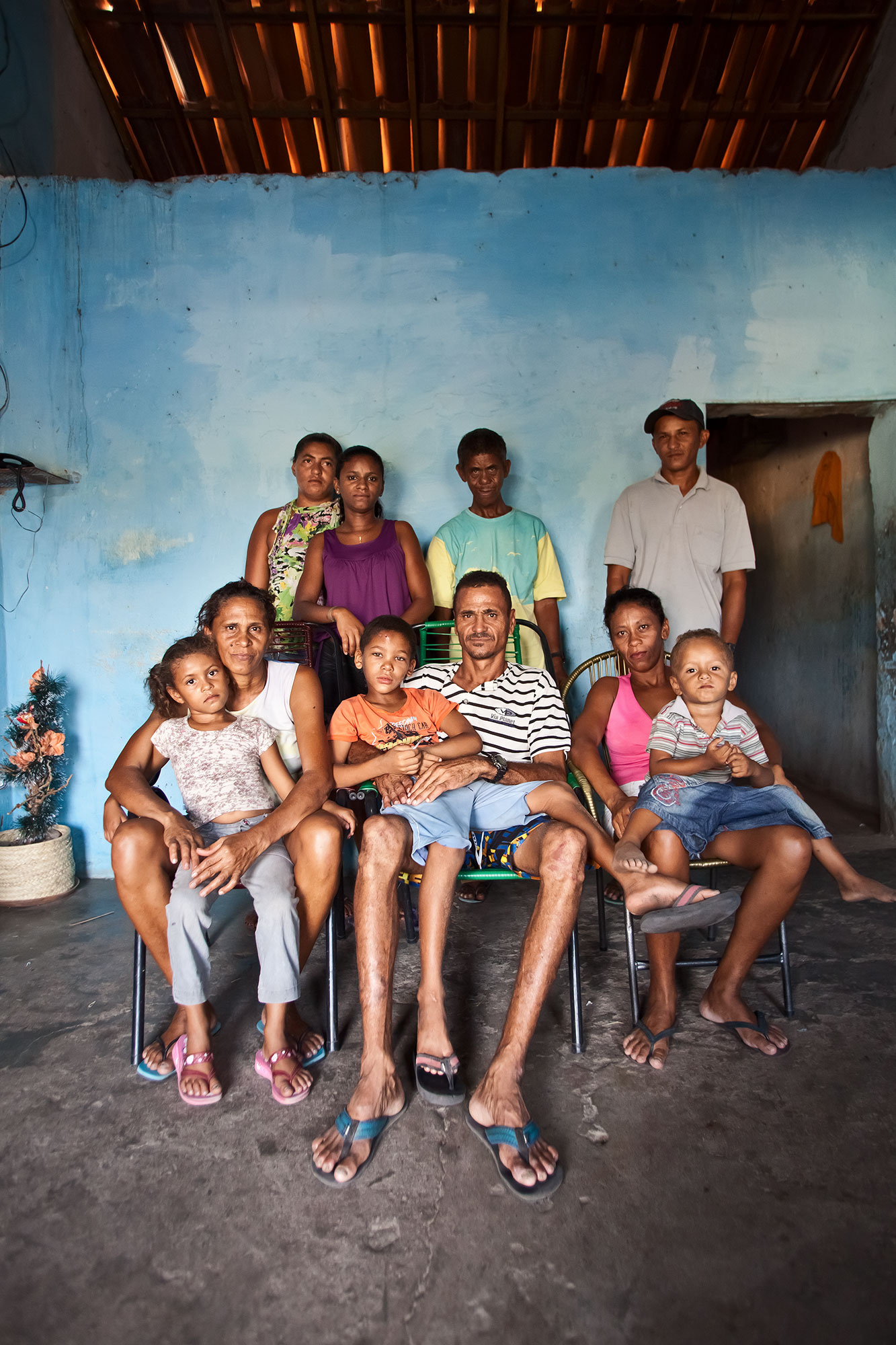RosenbaumHome
About the project
A Gente Transforma is a project that uses design to bare the Brazilian soul, diving into the culture of the peoples that formed our country. It is a recovery of stories from the past to recreate the present, and to build the futures on new bases, free and sustainable. The project is a collective creation that involves many minds and souls, filled with faith, hope, and creativity. To the community of Várzea Queimada, our special gratitude for helping us get this far. “A Gente Transforma” became a reality, and it carries a little bit of everyone in its history.
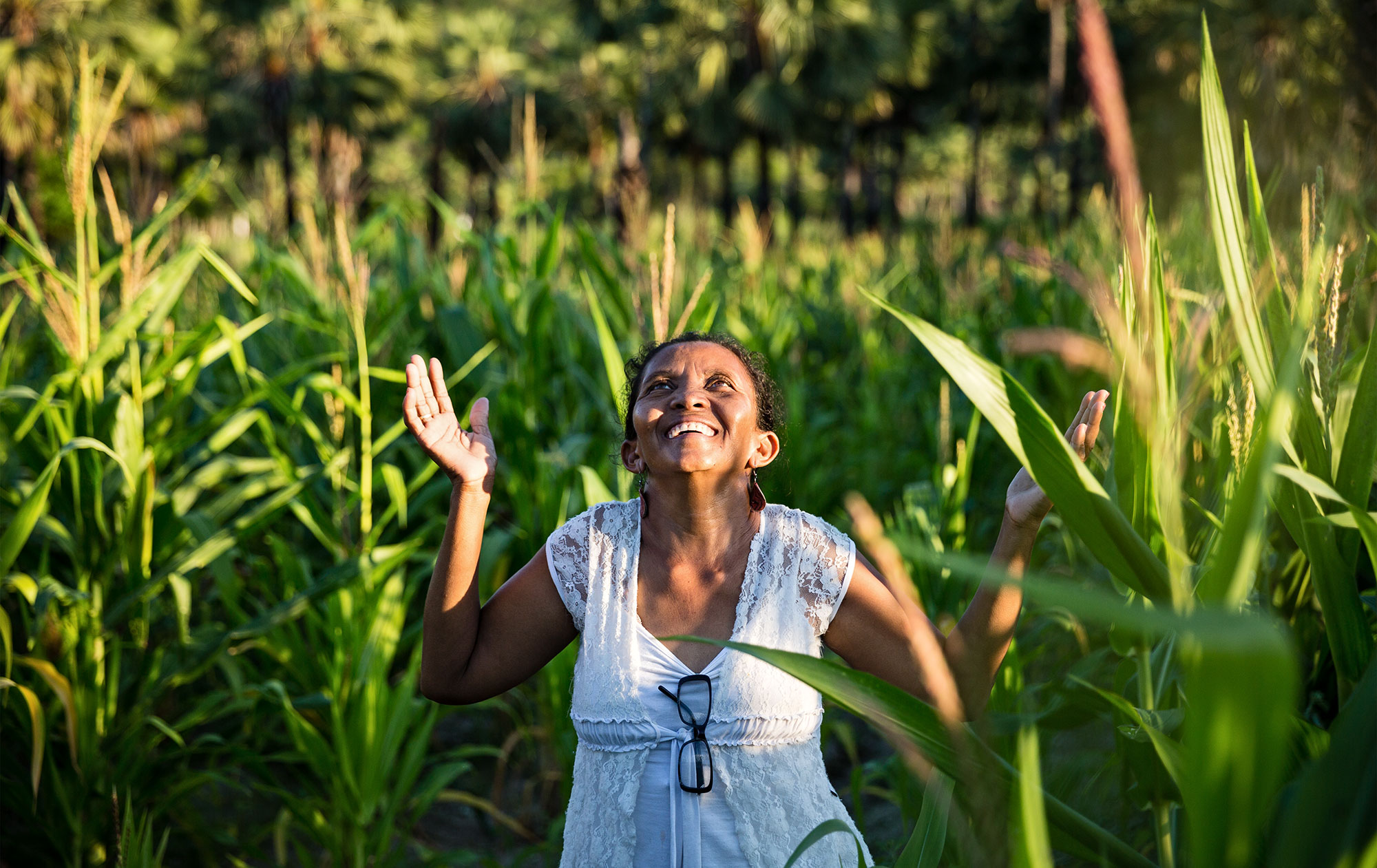

History
In 2012, we began writing the Várzea Queimada chapter, one of the richest we experienced here in our office. A multidisciplinary project that consisted of taking professionals from different areas to an immersion with the residents of Várzea Queimada, a village in the hinterland of Piauí. We wanted to discover the essential values of that community, through artisanship, so that it could take ownership of its cultural memory, acquiring the freedom to change its own reality.
The idea was to turn this artisanship into products, using design as an aesthetic tool to generate value. The community would deliver valuable objects to the world, and the world would recognize the value of that piece as art, as occurs in large centers. We would be the bridge to help them and, together, create a creative business with tools that could provide them with autonomy.
It was so much more than that.
In Várzea, we developed our true way of working, and started to mature the idea of essential design as a work methodology. We learned from the community how to work together, to better understand the history of their ancestors, to share knowledge, and we understood the value of their ancestral culture as something sacred.

To date, we have not only positively impacted the life of the 900 residents of Várzea Queimada but, mostly, we transformed the vision of the more than 40 professionals involved in this dive into the arid Northeastern hinterland. Not to mention the 3-4 years of connection with the ancestry of that land, those people, which are our own land, our own people.

Creative Process
Subsistence artisanship creates objects with a defined function in the home of the native Brazilian (Indian, black, caboclo). This process may connect the individual with poverty, since this art is mostly present in the need driven by scarcity. When given an opportunity, people let go of this moment of connection with their own origin and buy plastic objects, forgetting this root cause.
In Várzea Queimada, what we learned was a way to reconnect people with the knowledge of this ancestry, so present that it goes unnoticed, and its value is not perceived. What we did was to bring back the meaning to a process of reconquering this art, of building objects that have meaning and, above all, that have function and identity. With this, people in this village could regain their dignity and their freedom.
Our creative team walked on the shoes of Várzea’s people, to understand the references and cultural idiosyncrasies that comprised the essence of their craft. Our role was to encourage them to develop autonomy, based on the intuitive technique built over time, forgotten behind a door, abandoned as a memory from the past.
During the immersion in the community, we identified that the bogoió (the weaved straw basket used in the domestic routine of the families of Várzea Queimada) and the truck-tire rubber carvings – activity developed by the men to complement their families’ income -, would be the paths to transform their reality. Thus, the weaving of the carnauba straw would acquire new meaning, another dimension, just as the skillful hands would stop producing sandals to sculpt actual jewels made of black rubber.
This is what Marcelo calls Essential Design: “the ability to look at a culture, to discover, awaken and potentiate their core values, translating them into concepts that, through the tool of universal beauty and aesthetics called Design, become agents for the transformation of the world.” By working on the community’s self-esteem, we modify their aspirations, expectations for the future, and desires.

Impact and prosperity
In 2012, A Gente Transforma promoted the creation of the Association of Women Artisans of Várzea Queimada (AMVQ), with the technical support of SEBRAE. Since the date of constituting the association until the middle of 2016, the project has generated approximately R$100 thousand worth of business for AMVQ.
Speaking of the past, present or future in a project with the scope of A Gente Transforma reduces the impact of a transforming creative process to time alone. The creativity that transforms, that touches the memories and wounds of a people, is not only that which brings economic and cultural coherence from its execution. It is that which promotes the permanence of a culture in the past, present and future, simultaneously. It is that which carves the essence of an identity simply by giving it narrative.

“I worked a lot to do Várzea Queimada what it is today. When I inherited my father’s lands, this was all sand, with a house here and there. Várzea Queimada was divided in two. One side was called Várzea Queimada, the other, Carro Quebrado (Broken Cart). It was called Carro Quebrado because, one day, an ox cart broke down right there, in the middle of the village. And it stayed there for many years, broken, so people called it Carro Quebrado.
But what did I do? I started dividing my land, bringing people here, and it all became Várzea Queimada. They made the school, the church, the shop. People started to arrive and I gave the land. All related, all cousins, uncles, brothers. Of this union, Várzea Queimada was born. Therefore, when Marcelo’s project arrived, the “A Gente Transforma” project, I was very happy. I saw my dream come true. I did what I could, I gave land, and I kept the people here, kept the whole family close. Many people came back from São Paulo to have a little house here. Others left and never came back. I did what I could do. When the project came, it brought new life into the village. I don’t know if you have faith, but I saw in this project an answer from God, for everything we did here. This project is developed together with the community. Nobody imposes anything. Everything is decided in meetings. This project will enhance the community. From the project’s side, the people who came are educated, people who understand art and business. They found here hard-working people, a people who understands artisanship, who knows how to cut rubber. And they got together. And mixed. This is the “A Gente Transforma” project. It is the project that mixed everything, based on current knowledges and ancient knowledges, from the times of the first people, before the arrival of the colonels.”
{ João da Cruz }
Technical Sheet
Creator and General Director
Marcelo Rosenbaum
Direção Executiva
Adriana Benguela
Executive Manager
Monica Barroso
Art Director
Fabiana Zanin
Administration
Ludimilla Bueno
Producer
Marina Fay
Research and Writing Director
Marques Casara
Assistant Journalists
Daniele Martins
Guilherme Werner
Photography
Tatiana Cardeal
Diego Cagnato
Legal Advisors
Fleury E Coimbra Advogados
Azpi
Facilitators
Kaka Wera
Elaine Silva
Permaculture
Henrique Pinheiro
Tomaz Lotufo

